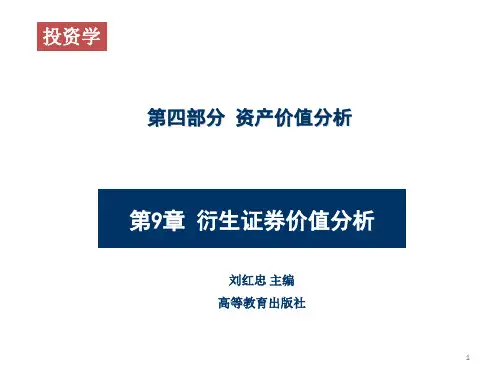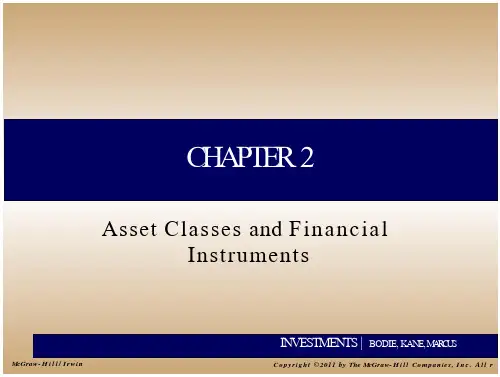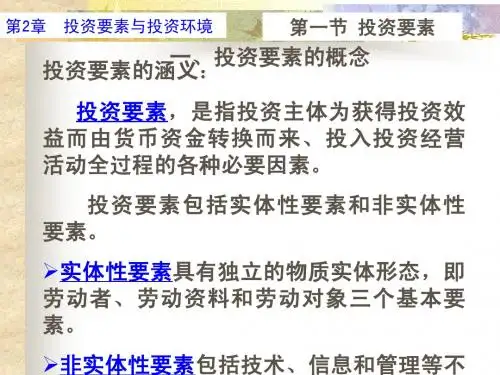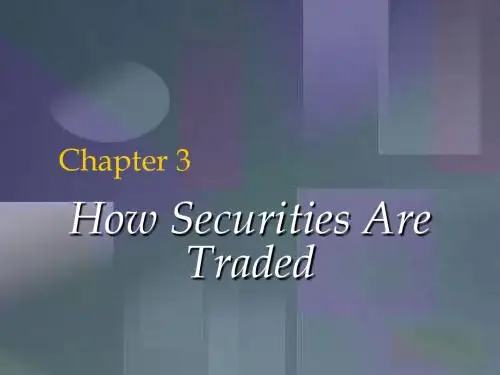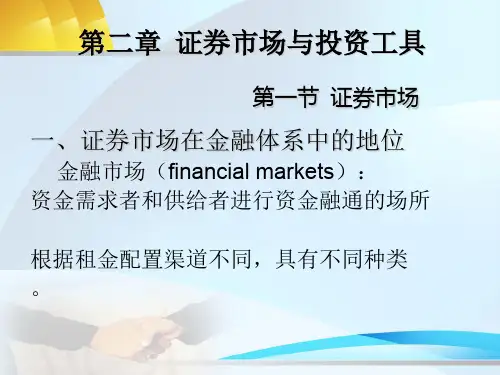INVESTMENTS | BODIE, KANE,MARCUS
5
Money Market Securities
• Treasury b i l l s : Short-term debt of U.S. government
– Bid and asked price – Bank discount method
INVESTMENTS | BODIE, KANE,MARCUS
11
The Bond Market
• I n f l a t i o n - Protected Treasury Bonds
– TIPS: Provide inflation protection
• Federal Agency Debt
• Both t h e premium on bank CDs and the TED spread have often become g r e a t e r during periods of financial crisis
• During the credit c r i s i s of 2008, the fede government offered insurance t o money market mutual funds a f t e r some funds experienced losses
• Money market mutual funds allow i n d i v i d u a l s t o access t h e money market.
INVESTMENTS | BODIE, KANE,MARCUS
4
Table 2.1 Major Components of t h e Money Market
